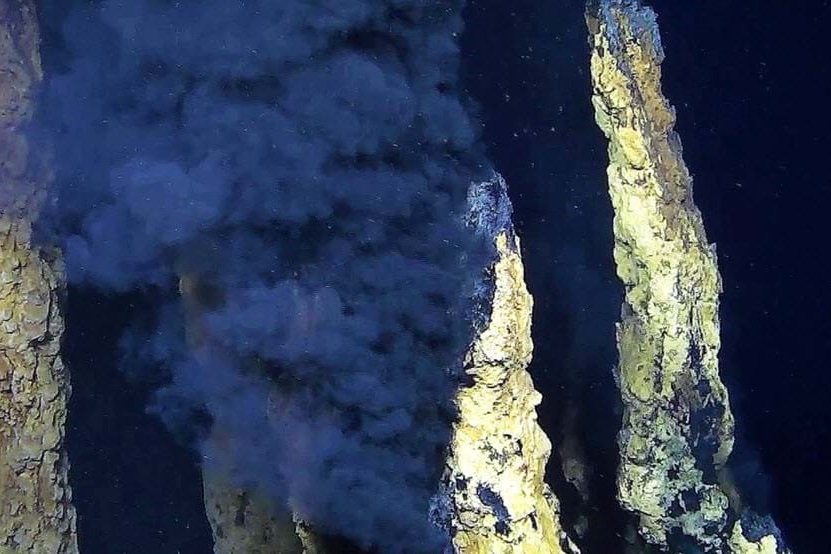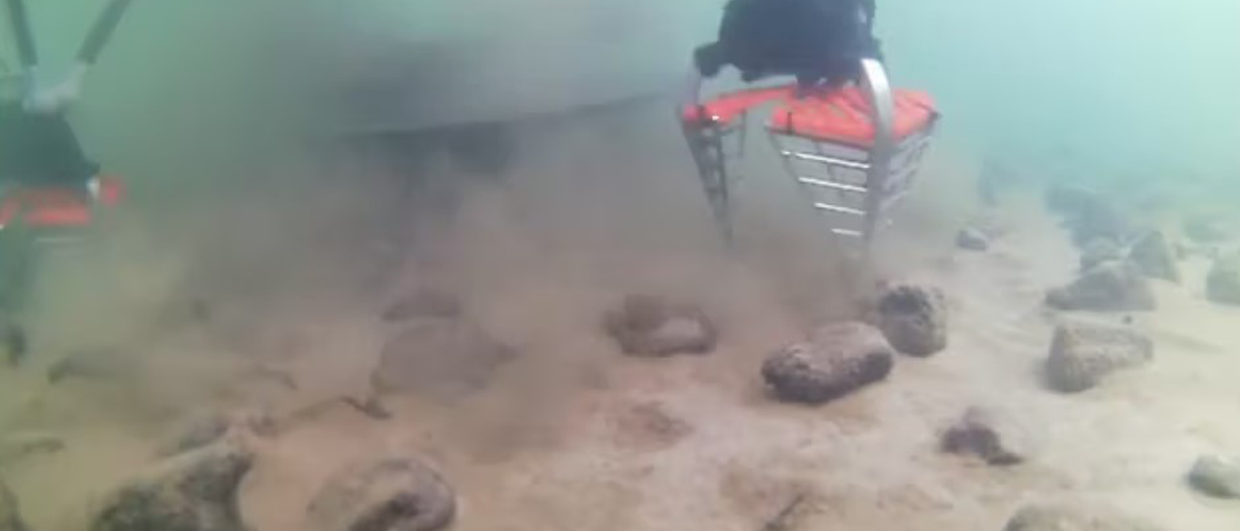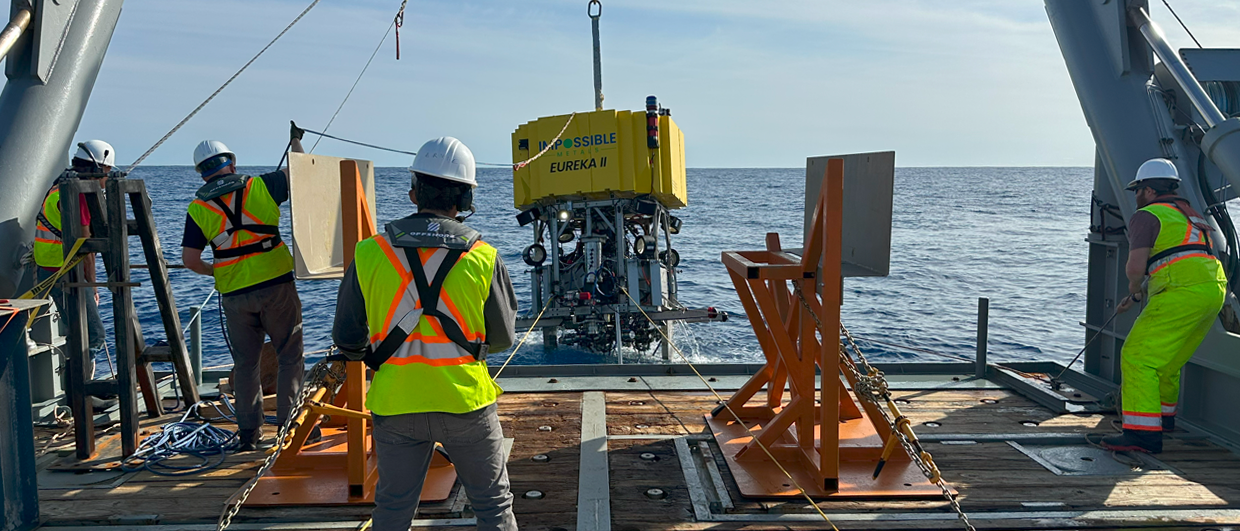As with onshore mining operations, so will also deep sea mining have an environmental impact on the local ecosystem. In the latter case, our knowledge on the extent of environmental impact is limited.
Environmentalists are demanding more research and knowledge-building before areas are being opened for exploration and exploitation in Norwegian waters and elsewhere.
Expronews.com: “Deep Sea Mining May Destroy the Ecosystem”
The Research Council of Norway recently granted more than 13 million NOK to the three year, 18 million NOK research project EcoSafe Ridge Mining.
“A better understanding of deep-sea ecosystems associated with seabed mineral deposits is crucial and timely to inform policy and management decisions”, says Dr. Pedro Ribeiro, deep-sea ecologist and project leader at the University of Bergen (UiB).
The Norwegian government has embarked on a risk assessment study which is a part of a strategy to open the Norwegian continental shelf for marine mineral exploration and exploitation.
“While only around 5 percent of the ocean is already explored, the deep-sea is especially scarcely mapped and poorly understood. There is literally an ocean of knowledge to be learned out there.”
Fredrik Myhre, WWF
In a keynote at NCS Exploration – Deep Sea Minerals in Bergen, Norway, October 19-21, Fredrik Myhre will give a talk entitled “Are We in Too Deep”, and he will also participate in the panel discussion in the session “Licence to Operate” on October 20th.
Ribeiro and his project team aim to fill key knowledge gaps and assess environmental risks, while also identifying appropriate mitigation actions regarding deep sea mining.
The project will focus on the Arctic Mid-Ocean Ridge where seafloor massive sulphides (SMS) have been identified along the Knipovich and Mohns Ridges together with vulnerable habitats such as hydrothermal vents and sponge grounds.
According to Eco-Safe Ridge Mining partner GCE Ocean Technology, the outputs of the project will be relevant to environmental management to deep sea mining.
Norwegian authorities will be informed about the results of the project on a regular basis so that decision making regarding exploration and exploitation of the areas under Norwegian jurisdiction is based on best available knowledge.
“It is crucial to accelerate the knowledge gathering, secure a good understanding of deep-sea ecosystems and possible negative impact of potential future exploitation activities”, says Jon O. Hellevang, R&D Manager in GCE Ocean Technology.
Research to be carried out
To advance our understanding of the Arctic Mid-Ocean Ridge ecosystems and their response to disturbance, the project will collect baseline environmental data on different seabed habitats and characterize their natural state. Additional studies will determine how populations of organisms living at different sites are interconnected, enabling predictions about their ability to persist and recover from disturbance.
Possible environmental effects of mining plumes and tolerance thresholds of seabed biota will be investigated through modelling as well as laboratory and field experiments. In addition to targeting specific knowledge gaps related to mining, the project will promote scientific exploration of Arctic deep-sea ecosystems and provide training and education opportunities to young scientists.
Other research institutions are also working on collection more information and building knowledge on the different aspects of environmental impacts of deep sea mining.
Thomas Peacock, professor of mechanical engineering at MIT, recently published results from a study on modelling of sediment plumes generated by seafloor mining machines. Peacock will also present at the Deep Sea Minerals conference October 20.
Read more about this study on geoexpro.com: Study de-mystifies sediment plumes
The partners in Eco-Safe Ridge Mining are the University of Bergen, NORCE, the University of Stavanger, the Royal Netherlands Institute for Sea Research (NIOZ), Equinor, GCE Ocean Technology, Norwegian oil and gas association, Loke Marine Minerals, Adepth Minerals and Aanderaa Data Instruments.





